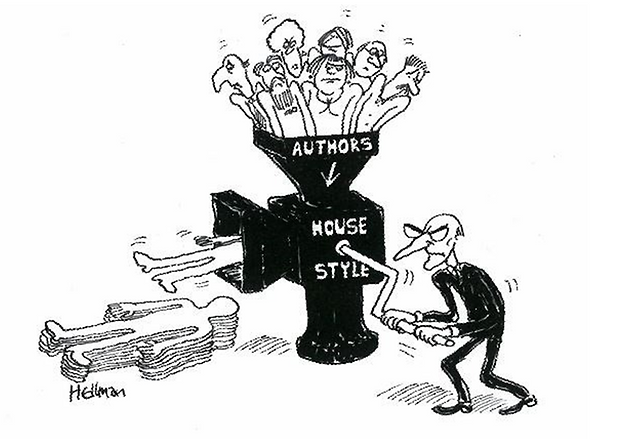It is all about structure!
So why is structure important?
Many scientists lack the talent to write in an engaging way to the public. We are all taught how to write using the Abstract – Introduction – Methods – Discussion formal scientific ‘template’. It does work. For scientists.
However, in order to engage people who are not specialised in your topic, structure helps to clearly explain something to the reader without making the reader ‘lose track’ and feel disconnected with ‘science’ as a result. The reader stays with you if your structure is easy to follow. If your structure’s graph goes up and down again and again it will make the reader feel like being in a washing machine.
So if you ‘jazz it up’ too much, then science might be lost and it becomes like a blog.
What tone should you be aiming for?
Aim for being scientific and technical, do not write as you would speak normally:
-
Use short, concise sentences
‘We are currently in the process of’ = ‘We are’
-
Avoid metaphors and scientific jargon (or explain it in the text)
-
Use the simpler word always:
‘additional’ = ‘extra’
‘consider’ = ‘think’
‘demonstrate’ = ‘show’
‘represents’ = ‘is’
-
Do not repeat words unless it has a point
-
Avoid clichés
-
Avoid vague sentences (many studies show that…/ I did some sampling.. etc)
-
Do not use superfluous adjectives (amazing, outstanding, overwhelming) – facts speak for themselves
‘absolutely essential’= ‘essential’ ‘completely surrounded’ = ‘surrounded’
-
If you say that this and that has been suggested: BY WHOM – Reference!
-
Avoid circumlocution such as:
‘on account of the fact that’ = ‘as’
‘if it is assumed that’ = ‘if’
‘during the time that’ = ‘while’
‘it may be well that’ = ‘perhaps’
‘it is apparent, therefore, that’ = ‘hence’
‘has an ability to’ = ‘can’
‘in regard to’ = ‘about’
After reading this section… does it feel like….
You are not allowed to write in ‘your style’?
This is ‘the art of writing’. To fit your style into another one without losing ‘your voice’. I find it easier to start in a ‘colder tone’ and then add some flavour to it.
Why are we not going for a ‘student-like’ tone and style?
This piece of magazine can be used as your business card.
You take the hard copy with you to conferences, talks, to an interview and when you show someone that is not ‘just students randomly writing’, they will be impressed.
The more professional tone of your article will also show that you have researched the subject and the reader can trust the information that you giving them. When you start reading articles off Facebook, ranting about politics – can you really trust the information?
If you feel more comfortable writing in a blog style - I am working on starting up a blog roll on the website as well, where I will be able to give you weekly statistics, how many people visit your article from social media, how many people read it and how long they spend reading it!
Sounds good?
Let's get started - email me!


Please start by writing down the following details:
Your name:
Course(s):
University:
Creative title:
-
Lead Paragraph: the reader only has a glimpse at the title and the first couple of sentences: put every effort into the beginning to grab their attention! (1-3 sentences with at least 1 reference)
-
Explanation: references and details, aim to be specific and to write short sentences. Stick to the ‘one idea, one sentence’ rule. It will be easier to read and follow. (2-3 paragraphs: give titles to your paragraphs and stick to the title!)
-
Extra: 1 paragraph of non-vital information